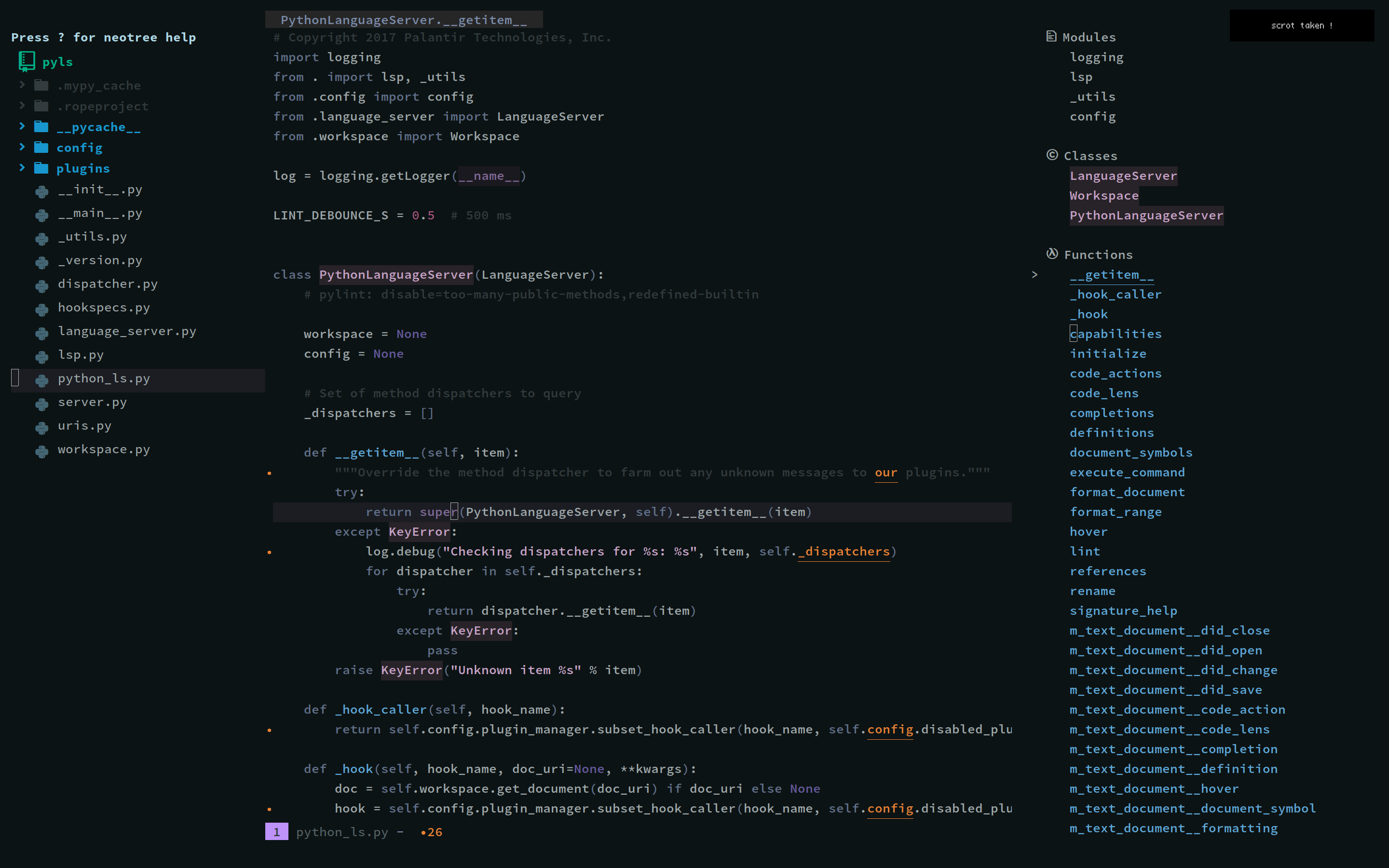
It just showcased that such a standard is totally missing and would definitely solve a problem that the OmniSharp team faced: The missing integration in the client (i.e., the various editors) results in many redundant plugins, which will eventually end up in maintenance hell. They all provide a great experience that comes already quite close to using C# inside Microsoft’s own flagship IDE Visual Studio.īut, while OmniSharp did a great showcase for Roslyn and .NET it did not provide any new infrastructure or language integration basis in general.

Integrations for all known editors exist such as vim, Sublime Text, Emacs, etc. The OmniSharp project was fairly successful. The server itself could purely use Roslyn and would be implemented in C# itself. Instead of developing an advanced C# language extension in N editors (thus duplicating a lot of the features with risk of unequal implementations and risk of the maintenance hell) only a couple of lines had to be written enough lines to connect to a small server. Only the integration of such a server into the editor needs to be done. extensibility) could therefore access Roslyn’s information on C# files without having to re-implement these details. Any editor with advanced capabilities (i.e. The idea was simple: A small server layer makes all the greatness of Roslyn easily accessible. It was a simple server that leverages the cross-platform aspect of .NET and it’s new compiler platform Roslyn. Microsoft created a few external tools (and some of these even made it outside of the company), but wanted to created something that not only shows the greatness of this new piece of tech, but also increases the adaption of C# / .NET as a whole.Īs a result of Microsoft’s efforts to increase the C# adaption outside of the usual circles, the OmniSharp project was born. Instead of being a black box, developers could easily hack (or extend) the fundamentals that C# was standing upon.įurthermore, it should be easy to use the created basis for future projects. What makes Roslyn special is that it was developed with reusability and extensibility in mind. It all started when Microsoft played around with use cases of C# (and VBs) new and shiny compiler, codenamed Roslyn.
#Imagezilla lsp how to
In this post we will investigate how to use the language server protocol for actually extending any client understanding the LSP. This specification is called the language server protocol. How is this possible? Well, all we need is a generic specification for common editing tasks within a communication pattern. The language server protocol (LSP) is Microsoft’s answer to the old n * m problem: Consider n languages and m editors - how many implementations are needed to make these languages available on all editors?īy using the LSP we can reduce the number to the number of languages (or even further if some languages are similar and may be aggregated). There is also one more thing that makes VSCode as appealing as it seems to be: The Language Server Protocol. This combination is both elegant and powerful.
#Imagezilla lsp code
VSCode is nothing more than the same idea as GitHub’s Atom with Monaco as code editor and TypeScript in its extensibility core. The door for web technologies in the editing space seemed to be open and Microsoft happily stepped in. However, performance issues and general limitations prevented an immediate success. Later, when GitHub started the Atom project, it seemed a natural successor.

It’s novel design elements (preview bar, go to anything, instant command prompt) paired with ultra strong extensibility proved too much for the competition. First, Sublime Text came to conquer the world. We’ve seen quite a lot of movement on the editor front in recent years.


 0 kommentar(er)
0 kommentar(er)
